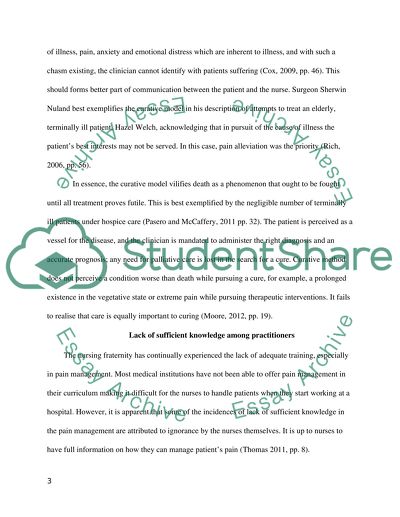Cite this document
(“Nursing barriers to effective pain management Essay”, n.d.)
Nursing barriers to effective pain management Essay. Retrieved from https://studentshare.org/nursing/1463754-nursing-barriers-to-effective-pain-management
Nursing barriers to effective pain management Essay. Retrieved from https://studentshare.org/nursing/1463754-nursing-barriers-to-effective-pain-management
(Nursing Barriers to Effective Pain Management Essay)
Nursing Barriers to Effective Pain Management Essay. https://studentshare.org/nursing/1463754-nursing-barriers-to-effective-pain-management.
Nursing Barriers to Effective Pain Management Essay. https://studentshare.org/nursing/1463754-nursing-barriers-to-effective-pain-management.
“Nursing Barriers to Effective Pain Management Essay”, n.d. https://studentshare.org/nursing/1463754-nursing-barriers-to-effective-pain-management.


